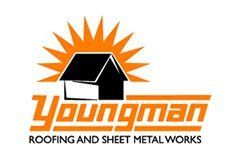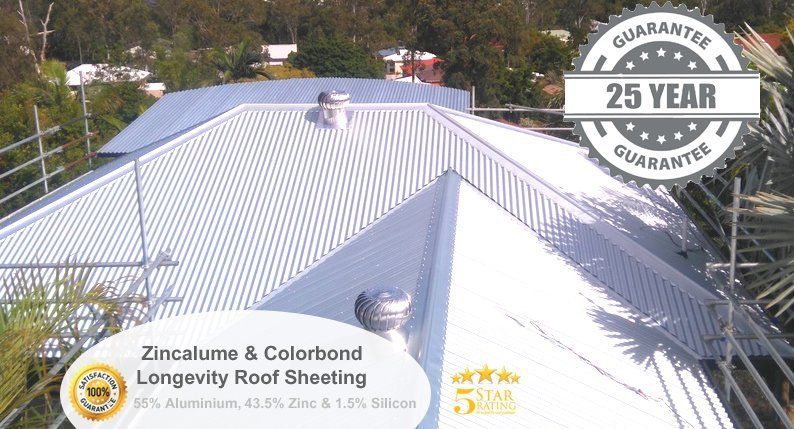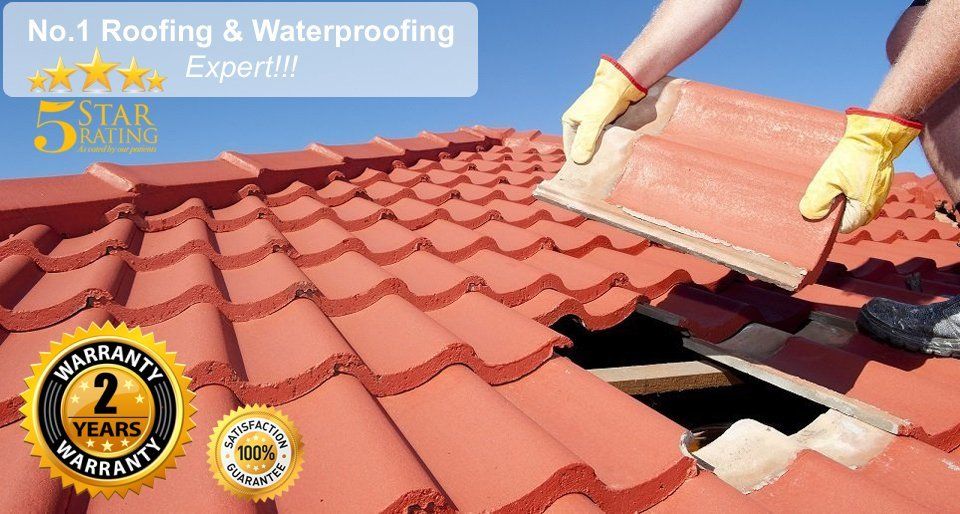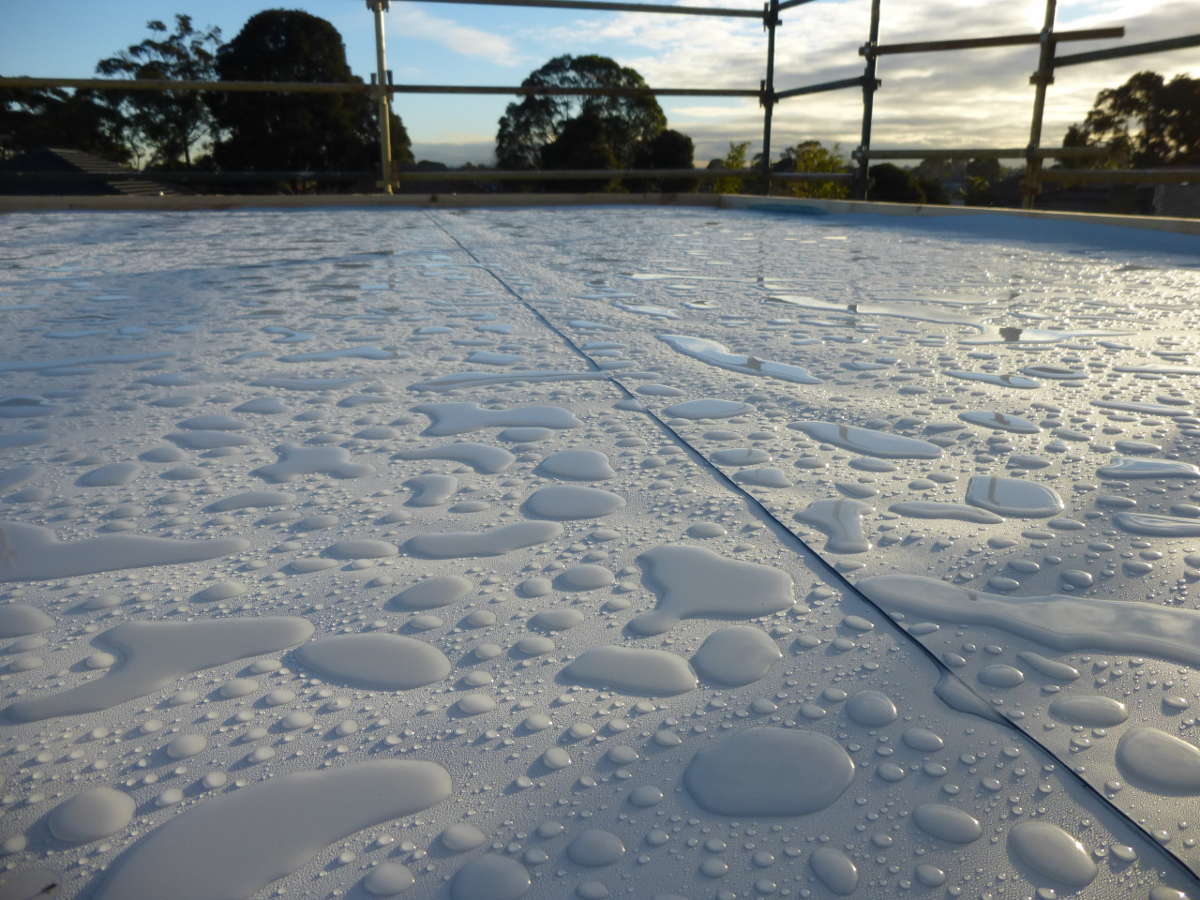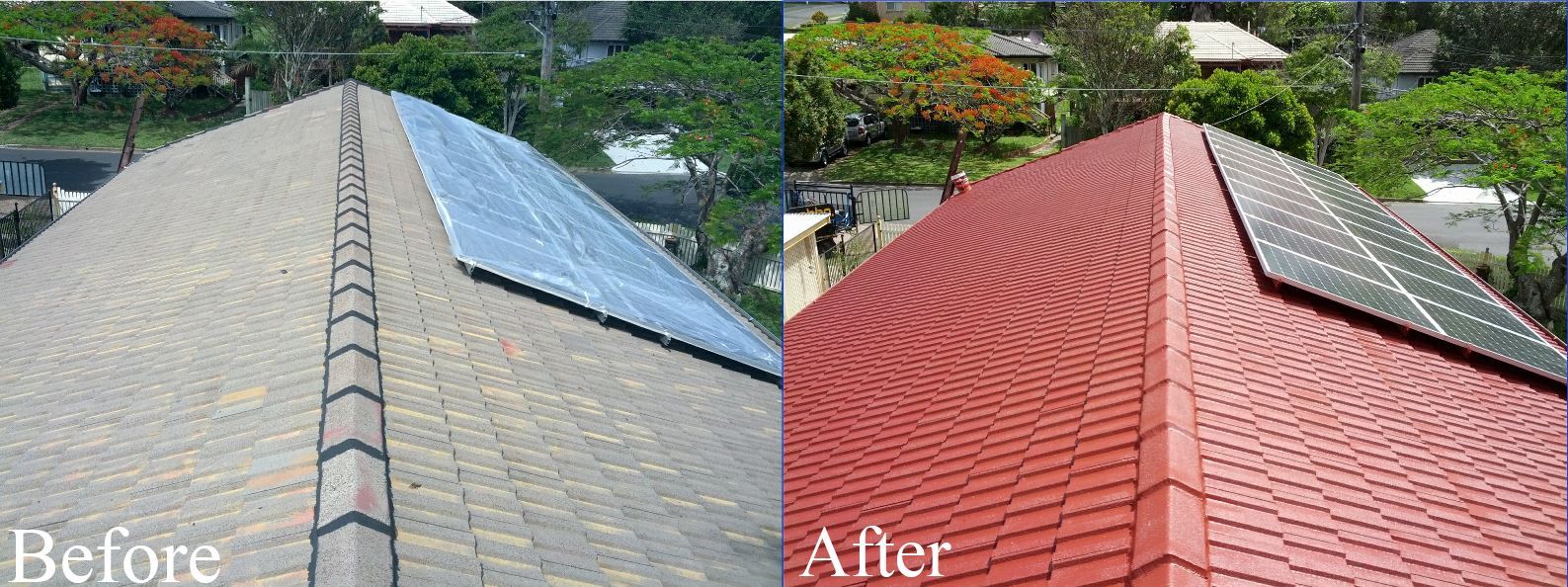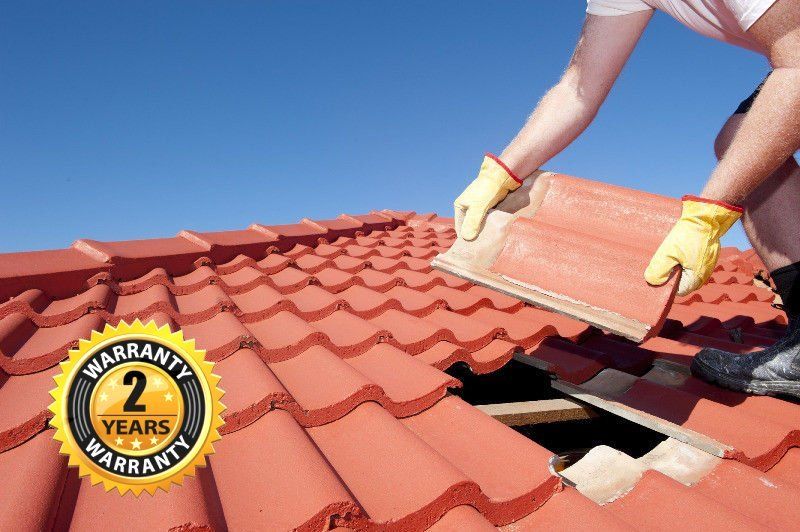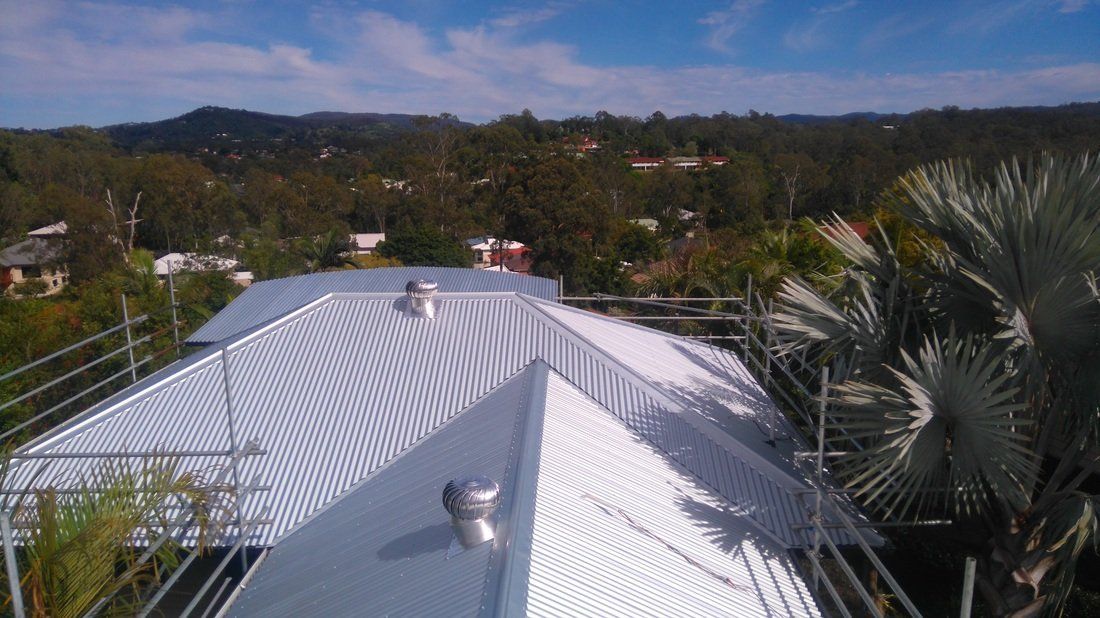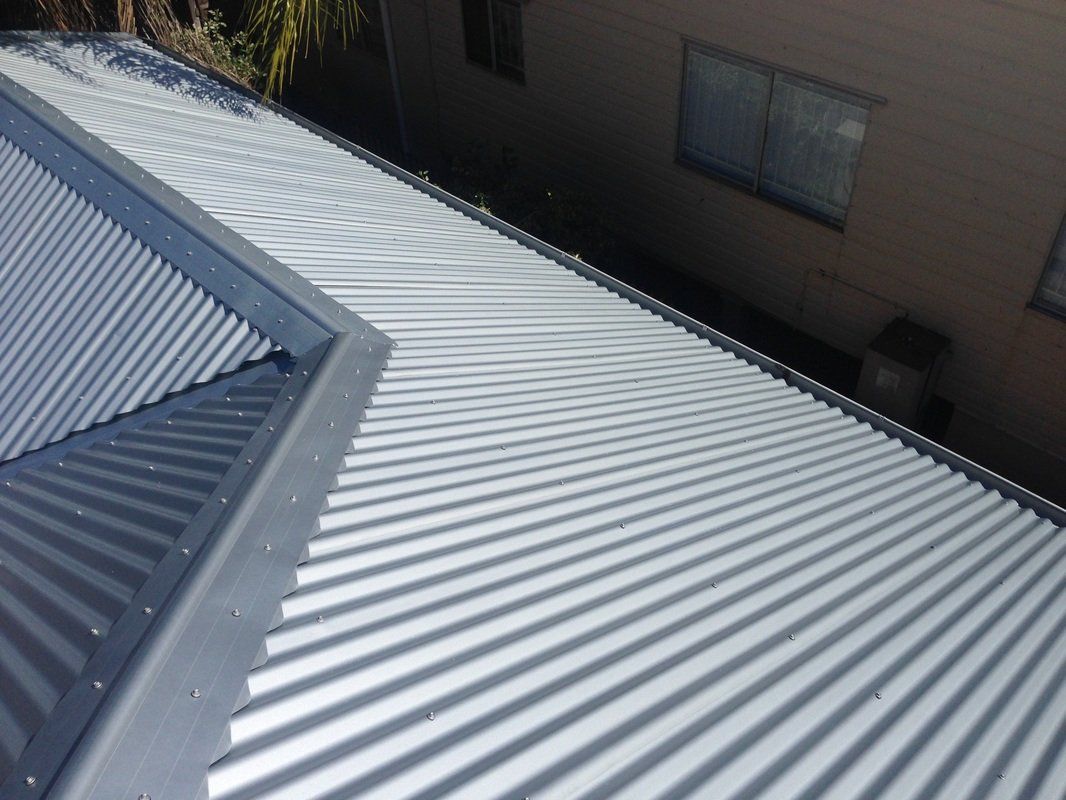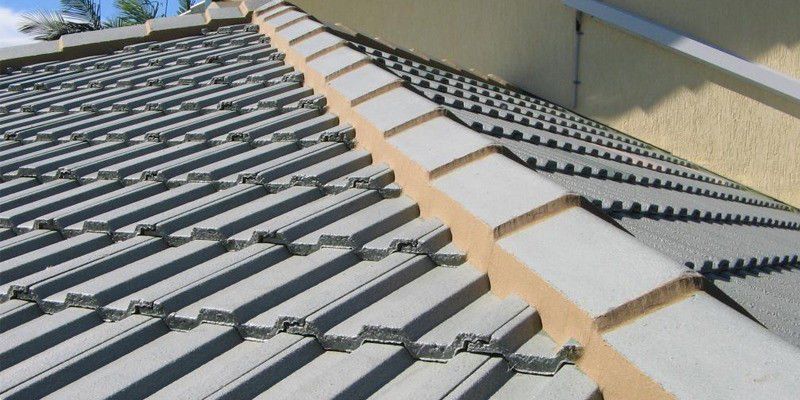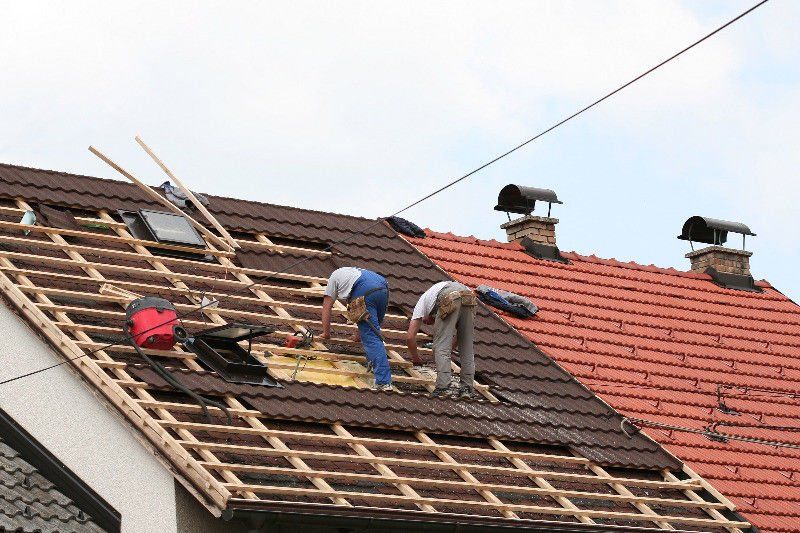Call Now - 061 418 0460
Damp Proofing Solutions Pretoria
Affordable Quality Damp Proofing Services Pretoria
Affordable Quality Damp Proofing Services Pretoria
Contact Us
Rising Damp
A damp proof course (DPC) is a barrier inserted in the mortar of a building to prevent water from passing from the exterior of the building to the interior. A horizontal DPC prevents water from the ground being sucked up by the dry masonry above. The DPC should be inserted 150mm to 200mm above ground level. Damp courses do fail, especially on older buildings where a metal strip was used.
For treatment to be fully effective the system requires that holes are drilled horizontally 100mm apart, directly into the mortar course, 150mm to 200mm above ground level. A chemical is injected into the holes to form a new damp course. All defective plaster is removed. The bare bricks are chemically sealed and the area is re-plastered with a waterproof plaster.
Lateral Damp
This is a split level shop. As can be seen the damp is traveling laterally through the wall above the damp course. For treatment to be fully effective the system requires that holes are drilled horizontally 100mm apart, directly into the mortar course, 150mm to 200mm above ground level. A chemical is injected into the holes to form a new damp course. All defective plaster is removed. The bare bricks are chemically sealed and the area is re-plastered with a waterproof plaster.
Basements
Water is penetrating the walls from the ceiling to the ground. These walls are retaining soil from top to bottom. Strip plaster off bricks. Chemically seal bricks and re-plaster with a waterproof plaster.
Leaking Showers
Showers leak due to the fact that the walls and concrete base were not water proofed before they where tiled. Due to the hot and cold environment caused by the use of the shower, expansion and contraction takes place. Faint hairline cracks appear in the grout between the tiles and this is sufficient for water to gain entry. Due to gravity the water flows down to the lowest point and is then trapped between the tiles and the wall. Fiberglass bases leak where they join the walls also due to expansion and contraction. Because of small cavities between the mortar and the bricks the water finds a pathway to the exterior of the walls. These adjacent walls to the shower then start flaking and pealing.The water will also flow under the floor covering in the bathroom and adjacent rooms, weather it be tiles or carpeting.
Remove the tiles and plaster from the walls.Remove the mosaic from the base.The bricks are to be chemically sealed and the area re-plastered with a waterproof plaster. The old concrete base must be chemically sealed. Should the adjacent walls be damaged then they are to be stripped of plaster and re-plastered with a water-proof plaster.
Remove the fiberglass base. Install a new waste pipe. Pour a new concrete base with a chemical additive to make it waterproof.
Concrete Slabs
Concrete is extremely porous and should be water proofed before any form of overlay is applied to the slab. Concrete acts like a sponge and will absorb water for a period of time before it is saturated and the water leaks through. The water will follow the easiest passage possible and if there are any cracks in the slab then that is where it will first be noticed.
There are numerous forms of concrete slabs. The most common that need to be waterproofed are:
Decks and patios.
The screed is to be broken up off the concrete slab. Chemically seal the slab and screed to fall over the top with an additive in the screed to make it waterproof. Chemically seal the screed.
Concrete Roofs.
Remove covering. The surface must be free of dirt, dust and moisture. Prime the whole surface. Apply Deltaplast Membrane with a naked flame. Torch-on system.
Face Bricks
An attempt has been made to seal the mortar between the face bricks with silicone. Cracks are also visible in the mortar. Cracked mortar should be chiseled out and re-pointed. The second photo is of the bricks cleaned, mortar replaced and chemically sealed.
About Us
We are situated in Pretoria and provide a specialized service to the Pretoria and Gauteng area, but mainly in the Highway area. We are Domestic Contractors. We erect new roofs, replace existing roofs and do roof repairs, but specialize in replacing existing roofs. We replace underlay/sisolation, battens and if need be replace the old roof tiles with new tiles.
Common Problems
Roofs have many forms of underlay. A form of melthoid was the first underlay to be used. Pvc underlay was introduced and the first Pvc was black in colour. Yellow was then used and at present the underlay is white. This Pvc underlay is SABS approved and is 250 microns thick. Underlay has a life span of approximately 25 years. Because of expansion and contraction from day to night time, over the years the underlay will eventually deteriorate. PVC with age becomes brittle and crumbles. Because of the humidity we experience and if there has been any roof leaks, there is a lot of moisture trapped in a roof and this leads to the battens rotting. Wood and tiles, like anything else also have a certain lifespan. The old marseile roof tiles, like in the photo below, warp in the sun after several years. This causes gaps to form between the tiles and allows water in.
